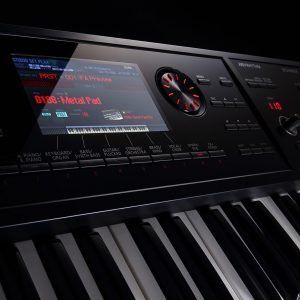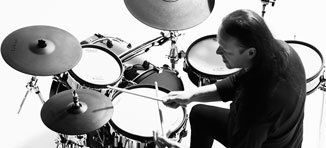With the recent release of the Roland Boutique TB-03 bassline sequencer, you might wonder what’s happening with the AIRA TB-3. Both are based on the legendary, “acid sound” defining Roland TB-303, right?
Right. However, while the same iconic machine inspired both the TB-03 Boutique and the AIRA TB-3, there are quite a few differences in purpose and functionality between Roland’s AIRA range and the Boutique instruments.
The original TB-303 was an inspiring instrument with an instantly recognisable sound. But many users will agree it has a number of drawbacks, particularly when being used in a live context.
Contributed by David Whitehead for Roland Corporation Australia
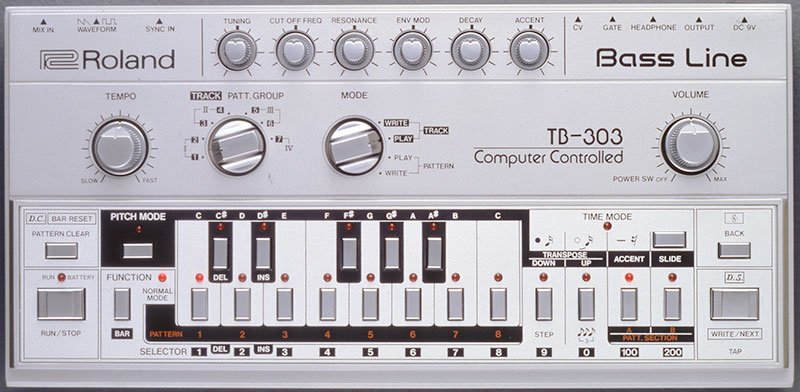 Being a recreation of the original TB-303, the TB-03 Boutique is based on a 1980’s style interface with all the good and bad of what that entails. While certainly now a legend, the TB-303 was (and is) a notoriously complex machine to program. Users traditionally programmed the notes in first, followed by timing, followed by accents. Although this is a time-consuming process, it can lead to many happy accidents.
The TB-03 Boutique has an easier-to-program, Step Sequence mode. It is an in-depth machine with multiple button combinations to access different features. If you’re used to an older style of sequencing, this kind of usability will be familiar to you. If you’re new to synthesis and sequencing, you will most likely find the AIRA TB-3 more to your needs.
Being a recreation of the original TB-303, the TB-03 Boutique is based on a 1980’s style interface with all the good and bad of what that entails. While certainly now a legend, the TB-303 was (and is) a notoriously complex machine to program. Users traditionally programmed the notes in first, followed by timing, followed by accents. Although this is a time-consuming process, it can lead to many happy accidents.
The TB-03 Boutique has an easier-to-program, Step Sequence mode. It is an in-depth machine with multiple button combinations to access different features. If you’re used to an older style of sequencing, this kind of usability will be familiar to you. If you’re new to synthesis and sequencing, you will most likely find the AIRA TB-3 more to your needs.
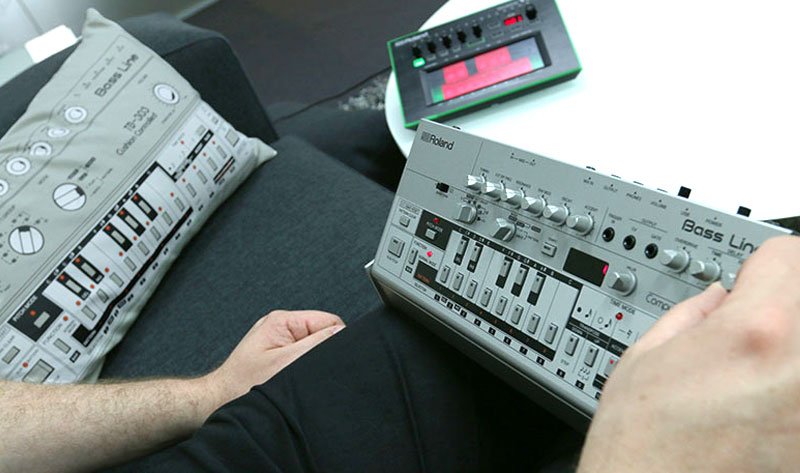 As you can see, there are a number of differences between the AIRA and Boutique range of TB models and it’s really your application that will determine which one is right for you (or maybe you need both!).
So, if you’ve always wanted an original TB-303 but couldn’t get one, perhaps the TB-03 Boutique is the right choice. If you love the sounds of the TB-303 but want all the advantages of modern technology and playability, then the AIRA TB-3 is for you.
There is a full comparison chart here:
As you can see, there are a number of differences between the AIRA and Boutique range of TB models and it’s really your application that will determine which one is right for you (or maybe you need both!).
So, if you’ve always wanted an original TB-303 but couldn’t get one, perhaps the TB-03 Boutique is the right choice. If you love the sounds of the TB-303 but want all the advantages of modern technology and playability, then the AIRA TB-3 is for you.
There is a full comparison chart here:
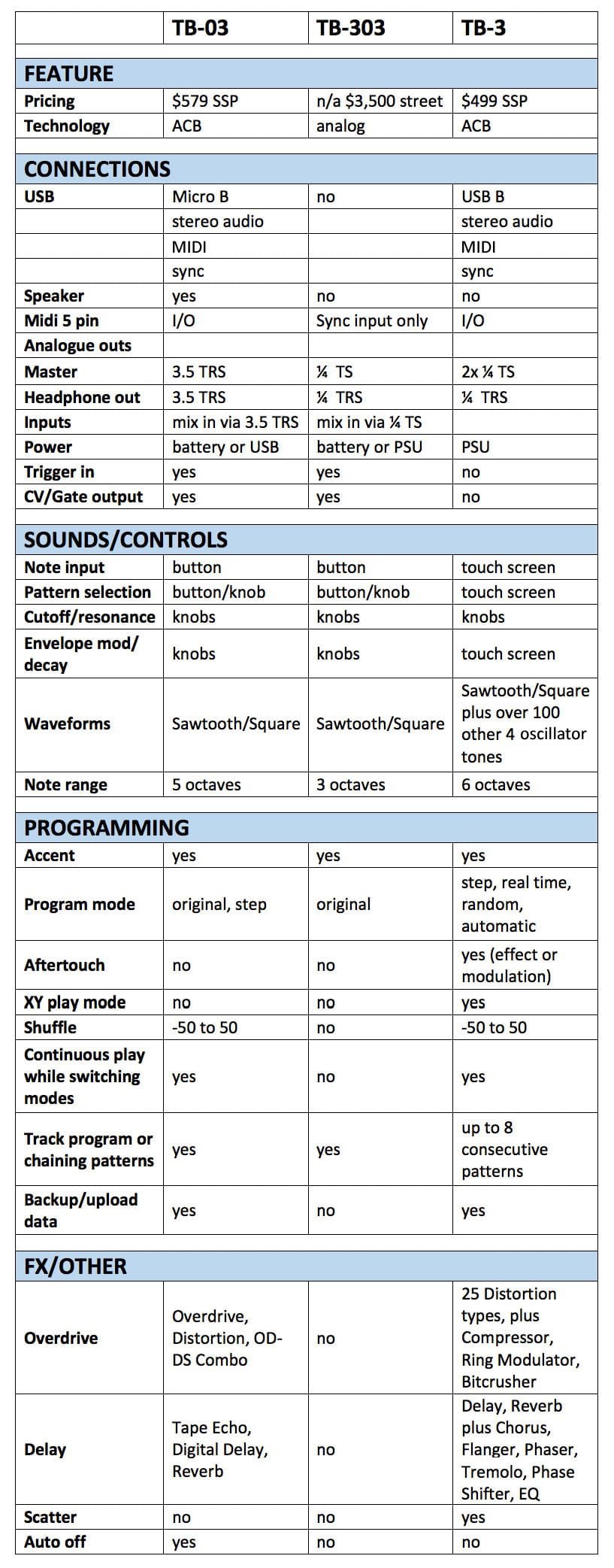
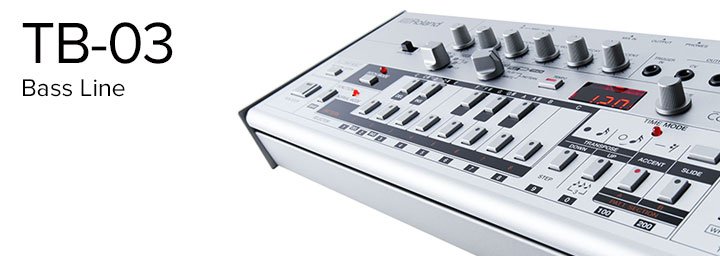
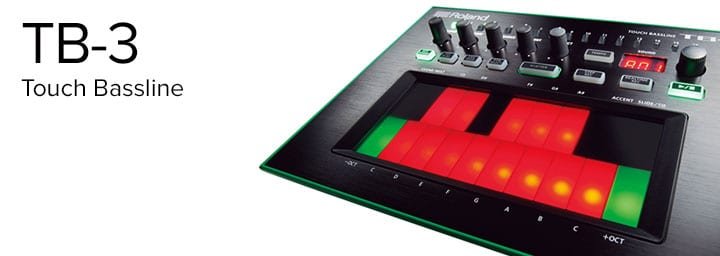
THE AIRA RANGE
The AIRA range is designed predominantly with live performance in mind, by taking the feel of playing an acoustic instrument and applying it to electronic instruments. The intuitive touchscreen of the AIRA TB-3 is extremely sensitive and responds to your every touch. When playing on the X/Y surface, you can come up with highly creative performances and really get into the ‘feel’ of it. It is very easy to use and provides instant gratification with hardly any prior programming.THE BOUTIQUE RANGE
The Boutique series harken back to classic Roland instruments, complete with the original look and control of those legendary machines. As the original TB-303 was designed to be a backing device for musicians to play over the top of, all sequences were pre-programmed and not intended to be used in a live context. In short, the TB-303 found a second life in something completely outside of its original intention! Like the original TB-303, the TB-03 Boutique also enables you to pre-program a whole track, by chaining patterns together to create a song from start to finish. However, it does not allow you to record a sequence in real time. Being a recreation of the original TB-303, the TB-03 Boutique is based on a 1980’s style interface with all the good and bad of what that entails. While certainly now a legend, the TB-303 was (and is) a notoriously complex machine to program. Users traditionally programmed the notes in first, followed by timing, followed by accents. Although this is a time-consuming process, it can lead to many happy accidents.
The TB-03 Boutique has an easier-to-program, Step Sequence mode. It is an in-depth machine with multiple button combinations to access different features. If you’re used to an older style of sequencing, this kind of usability will be familiar to you. If you’re new to synthesis and sequencing, you will most likely find the AIRA TB-3 more to your needs.
Being a recreation of the original TB-303, the TB-03 Boutique is based on a 1980’s style interface with all the good and bad of what that entails. While certainly now a legend, the TB-303 was (and is) a notoriously complex machine to program. Users traditionally programmed the notes in first, followed by timing, followed by accents. Although this is a time-consuming process, it can lead to many happy accidents.
The TB-03 Boutique has an easier-to-program, Step Sequence mode. It is an in-depth machine with multiple button combinations to access different features. If you’re used to an older style of sequencing, this kind of usability will be familiar to you. If you’re new to synthesis and sequencing, you will most likely find the AIRA TB-3 more to your needs.
SOUNDS OF THE PAST, PRESENT AND FUTURE
While the AIRA TB-3 can of course recreate the original Square and Saw waves of the TB-303, it also has a much wider sonic palette. This includes 134 built-in sounds, modern leads and basses and a range of FX sounds. It also has a range of live styled effects in the SCATTER function, for slicing, reversing and gating the sound to create complex synced variations to your performance. The TB-03 Boutique is just like a TB-303, being the most accurate recreation available today. The controls are exactly like the original and it has envelope mod and decay knobs on the front panel (on the AIRA TB-3 they’re controlled via the X/Y pad). The TB-03 Boutique also uses the notation based language of the original, like da capo and dal segno.PORTABILITY AND POWER
The AIRA range is powered by wall PSU, perfect for stage and studio where it’s important to ensure that nothing goes down halfway through a set. The Boutiques are also portable, powering off battery or USB, which is great for capturing ideas on the fly or jamming whilst sitting around on the couch. As you can see, there are a number of differences between the AIRA and Boutique range of TB models and it’s really your application that will determine which one is right for you (or maybe you need both!).
So, if you’ve always wanted an original TB-303 but couldn’t get one, perhaps the TB-03 Boutique is the right choice. If you love the sounds of the TB-303 but want all the advantages of modern technology and playability, then the AIRA TB-3 is for you.
There is a full comparison chart here:
As you can see, there are a number of differences between the AIRA and Boutique range of TB models and it’s really your application that will determine which one is right for you (or maybe you need both!).
So, if you’ve always wanted an original TB-303 but couldn’t get one, perhaps the TB-03 Boutique is the right choice. If you love the sounds of the TB-303 but want all the advantages of modern technology and playability, then the AIRA TB-3 is for you.
There is a full comparison chart here:

Related Articles
THE A-TO-Z OF SYNTHESIZER TERMS 7 ESSENTIAL SYNTH TUTORIALS ESSENTIAL SYNTH TUTORIALS: PART 2Related Products






